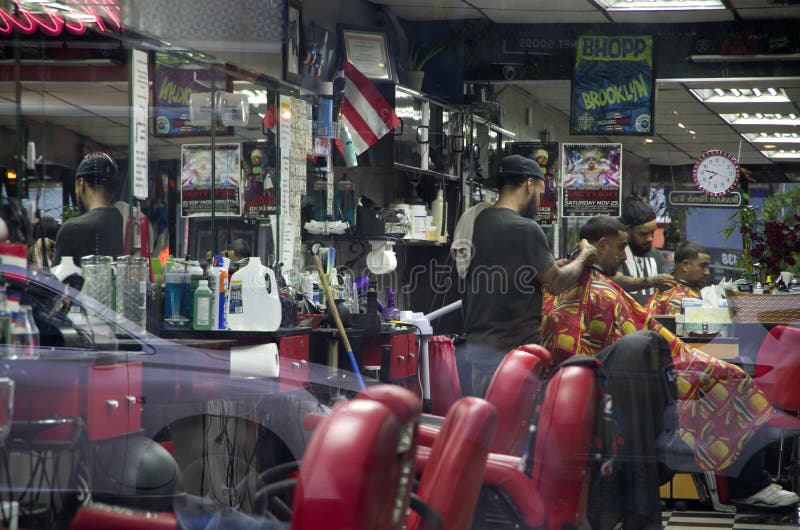Barbershops in NYC are not only locations to get a trim; they function as crucial community hubs that help shape community identity and nurture connections among residents. These establishments have a long history in urban settings, serving as meeting spots where individuals from varied backgrounds come together. In many neighborhoods, barbershops are often the first place where clients can participate in discussions about community issues, share stories, and build relationships. This distinct role makes barbers not only talented professionals but also community curators who add to the social fabric of their communities.
The atmosphere in a barbershop is often vibrant and inviting, creating a setting where people feel comfortable expressing themselves. Barbers are known for their ability to connect with patrons, often participating in discussions that range from sports to current events. This engagement helps to create a feeling of belonging among patrons, as they share their experiences and perspectives. In many cases, barbershops mirror the ethnic diversity of the areas they support, showcasing different hairstyles, grooming methods, and even sounds that connect with the local community. This cultural exchange enhances the interaction for all involved and strengthens community ties.

Barbershops also play a significant role in preserving cultural traditions. Many barbers have been trained in specific techniques that are passed down through generations, ensuring that unique styles and practices are not lost over time. For example, certain haircuts and grooming methods may be tied to cultural heritage, allowing individuals to express their identity through their appearance. By maintaining these traditions, barbershops help to keep cultural narratives alive, providing a sense of pride and continuity for community members.
In addition to their cultural significance, barbershops often engage in community outreach and support local causes. Many barbers take an proactive role in tackling social issues, such as learning and health education, by organizing events or offering resources to their patrons. This involvement demonstrates a commitment to the health of the community and fosters a sense of responsibility among barbers. By using their platforms to promote positive change, barbershops become vital players in the local area, further reinforcing their role as community curators.
In conclusion, barbershops in New York City serve as essential spaces for cultural interaction, community building, and identity formation. They provide a unique environment where individuals can bond, exchange, and honor this content their varied backgrounds. As cultural curators, barbers not only shape the way people present themselves but also affect the broader social dynamics. By recognizing the importance of these establishments, we can value the vital role they have in building connections and maintaining cultural traditions in city settings.